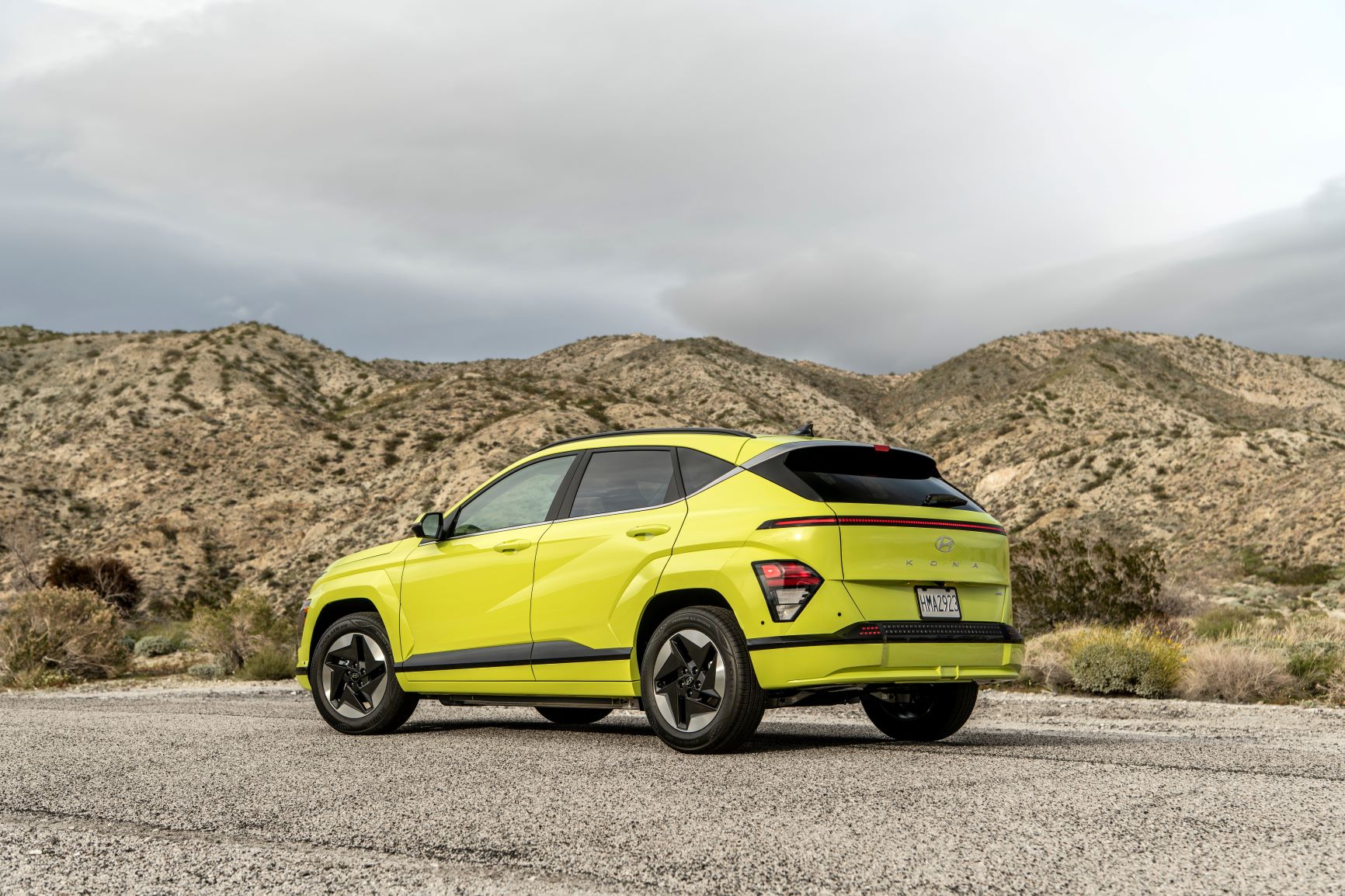Californians Bought a Record Number of EVs in 2023, 29% More Than 2022
California is the leading state in U.S. EV adoption, reaching 25% EV market share in 2023, according to EV industry nonprofit Veloz. In 2023, California witnessed a remarkable surge in the adoption of eco-friendly transportation, with Golden State drivers purchasing a record number of new electric vehicles (EVs), as per the recent report from Veloz and the California Energy Commission. This whopping 29% increase from the previous year is a clear indicator of a paradigm shift in consumer preferences towards more sustainable driving options. In total, Californians added 446,961 new light-duty zero-emissions vehicles to the roads, a stark advancement from 345,818 in 2022, and even more so from 250,279 in 2021. These figures reflect how battery-electric, plug-in hybrid, and fuel cell powered vehicles are becoming mainstays in the market, securing a significant 25% market share of the light-duty automotive sector, which mostly includes passenger cars and lighter trucks.

In stark contrast to the prior years, zero-emissions vehicles dramatically increased their foothold in the light-duty automotive market in 2023. The previous year saw these eco-friendly options secure an 18.84 percent market share, while in 2021, it was a mere 12.41 percent. This remarkable growth trajectory dispels any concerns regarding a potential decline in the consumer demand for light-duty zero-emissions vehicles. 2023 has indeed been a watershed year, not only within California’s borders but also across the United States. The Veloz report highlights a significant national uptick, with over 1.2 million new light-duty zero-emissions vehicles sold—a 43 percent leap from the previous year. Furthermore, California proudly led the charge, contributing to 34 percent of the nation’s total sales, solidifying its role as the leading state in American EV adoption.
Despite a notable surge in sales of light-duty zero-emissions vehicles in California—from battery-electric models to plug-in hybrids—the landscape is not without its challenges. Interestingly, the overall rise in zero-emissions vehicle ownership coincided with a decline in total light-duty vehicle sales, which saw a 2.7% drop from 2022 to 2023. While consumers are evidently keen on greener transportation options, setting records in zero-emissions purchases, the year-over-year growth decelerated, dropping from a 38.17% increase between 2021 and 2022, to a more modest 29.25% between 2022 and 2023.
Adding to the complex picture of the evolving market is the decision by Hertz Global Holdings to sell off 20,000 EVs, a significant portion of its electric vehicle fleet, hinting at potential turbulence within the zero-emissions sector. Despite growing adoption rates, the expansion of the EV market is clearly contingent upon the development and accessibility of robust charging infrastructures as highlighted in recent reports.
In a notable stride toward enhanced sustainability, California achieved a notable milestone by installing 10,000 fast chargers by September, surpassing the goal well ahead of schedule, as reported by the California Energy Commission. However, while the numbers speak to the commitment to bolstering the state’s charging network, the reality of charger reliability casts a shadow on the progress. A study from the University of California, Berkeley, in 2022 unveiled that nearly 22.7 percent of fast chargers in the Greater Bay Area were out of order. Moreover, echoing this concern, a J.D. Power poll in 2023 revealed that satisfaction in both Level 2 and DC (direct current) fast chargers has declined in nearly every attribute measured in the study.
Despite these hurdles, the Veloz report offers an optimistic outlook, praising the concerted national efforts to refine charging infrastructures and crediting federal and state incentives with catalyzing enhancements in the charging network. “We anticipate U.S. market growth to continue,” the analysis projected, signaling the ongoing drive toward resolving infrastructure issues and advancing the adoption of electric vehicles. California drivers are recognizing that there are barriers to adoption, such as EV charging problems, however they are finding ways to overcome these barriers, and enjoy the many benefits of driving electric. Those benefits include doing their part to fight climate change through zero emissions, and the lower fuel and maintenance costs EVs enjoy compared to traditional internal combustion engine (ICE) vehicles. EVinfo.net encourages other states to study the California model, to increase EV adoption.
